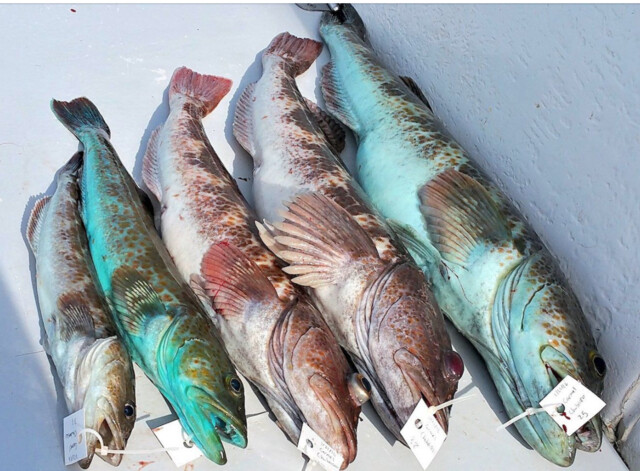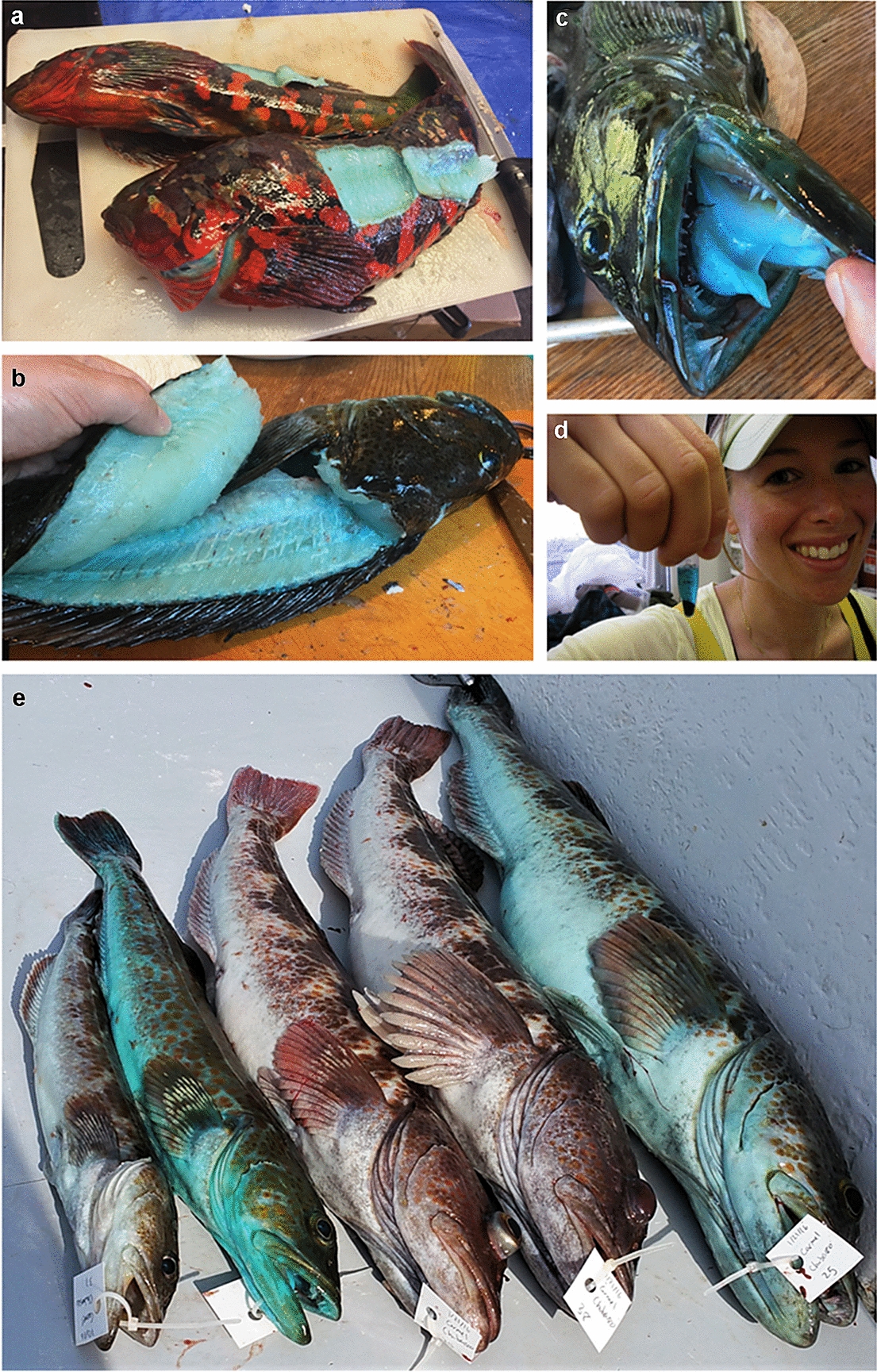Sitkaspruce
Well-Known Member
Good read

Cheers
SS

Why are some ling cod electric blue? - BC News
Five years ago, marine ecologist Aaron Galloway surfaced with a ling cod he had spearfished off the coast of Oregon and proceeded to freak out.
www.castanet.net
Cheers
SS


